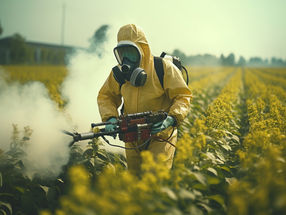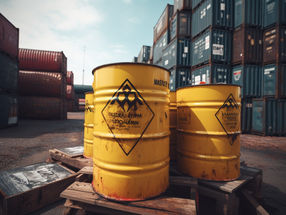ECHA: REACH and CLP Regulations are working well
ECHA has published two unique reports – one on the operation of REACH and CLP and one on the use of alternatives to testing chemicals on vertebrate animals. These reports are legal requirements of the REACH Regulation.
Report on REACH and CLP
The overarching message of the report is that the REACH and CLP Regulations are working well and that the various actors responsible for the work are responding as required. This is largely attributable to the commitment and collaborative work between industry, stakeholders, the Member States , the European Commission and ECHA.
There are three key lessons to learn from this first experience of REACH and CLP:
The uncertainty over the number of registrations for the first deadline was a challenge to manage and more accurate estimates would be helpful in future.
Close working relationships with industry and stakeholders are vital to ensure success and the Agency can help by providing stable tools and guidance.
The interrelationship between the various elements of the two regulations is important and has become increasingly apparent. For example, ambiguities in substance identification can lead to problems in forming Substance Information Exchange Fora (SIEF), evaluation and risk management activities.
The report also contains a series of recommendations for improving the implementation of the legislation. ECHA’s aim in the coming years is to capitalise on the knowledge gained during the start up period and to continue to work in partnership with the European Commission, the Member States and stakeholders to further strengthen the understanding and safe use of chemical substances in Europe.
Report on the use of non-animal test methods
The REACH Regulation is clear that every effort must be made so that testing chemicals on animals is truly a last resort – when there is no other scientifically reliable way of showing the impact on humans or the environment. REACH also demands that companies in possession of data on a chemical must share it (and share the cost) with any other companies making the same substance, thereby removing the potential for duplicate testing on animals.
The report is the first provided by ECHA on the use of alternatives to testing on animals since REACH came into effect. The registration dossiers for high tonnage substances that were submitted from 1 June 2008 until 28 February 2011 were analysed to get an overall picture of the use of animal studies and non-animal methods used. An additional source of information was the ongoing dossier evaluation work, where selected dossiers undergo a compliance check and proposals to conduct tests are examined.
Data sharing is the key mechanism used to avoid unnecessary animal testing and the analysis of the registration data for this report shows that registrants made extensive use of it. Registrants also made full use of the options available in REACH to use alternatives to testing on vertebrate animals. This includes, for example, using existing studies or applying non-test methods to predict properties of substances instead of experimental testing. The report shows that so far very few new animal studies were conducted for the purpose of registering phase-in substances.
Registrants have also - as required - submitted proposals to test substances on vertebrate animals, before conducting those tests. The aim being to make sure that any relevant data on the effect of chemicals that is revealed through public consultations could be considered before resorting to testing on animals.
However, the more in-depth compliance checks undertaken so far suggest that quite often the justifications provided by registrants for the use of alternative methods fall short of the requirements in REACH. Therefore, ECHA is urging the companies to proactively improve the quality of their dossiers, and especially of the justifications for waiving testing. However, ECHA currently expects that it will have to also request registrants to carry out some new animal tests to ensure the safe use of chemical substances.
Related link
Other news from the department politics & laws

Get the chemical industry in your inbox
From now on, don't miss a thing: Our newsletter for the chemical industry, analytics, lab technology and process engineering brings you up to date every Tuesday and Thursday. The latest industry news, product highlights and innovations - compact and easy to understand in your inbox. Researched by us so you don't have to.

























































